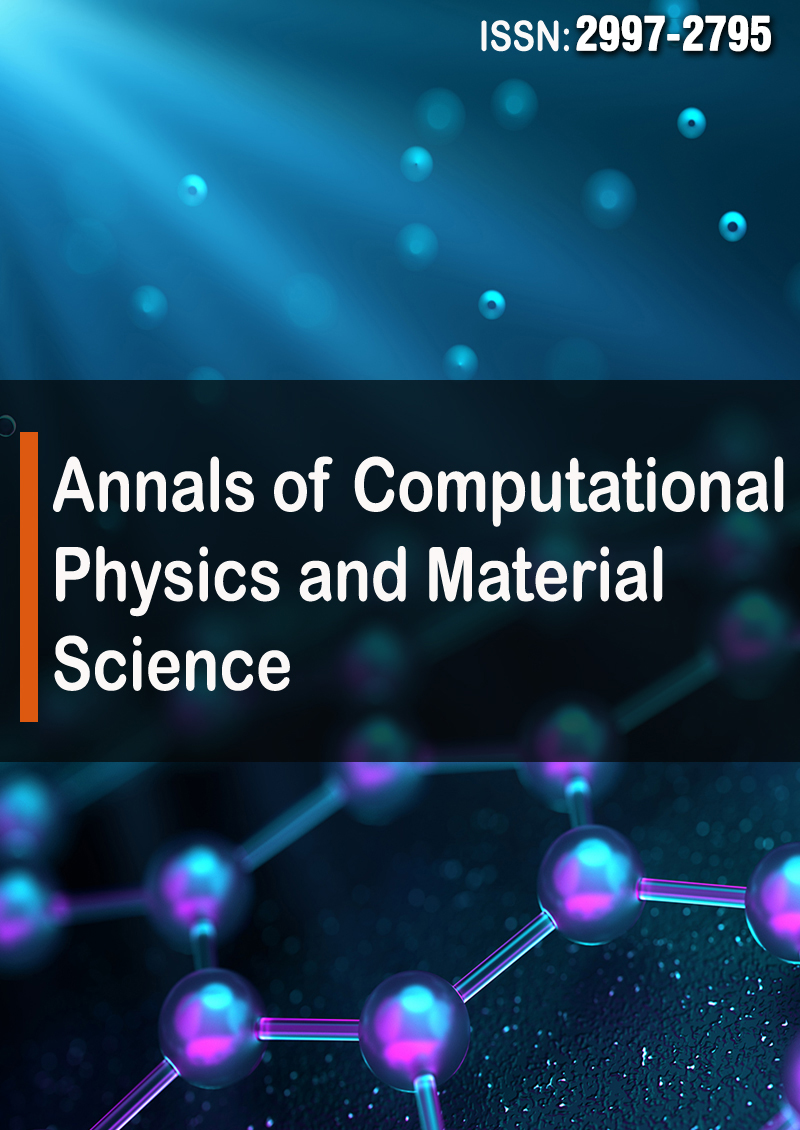Antimatter Enigma Solved: Astronomical Data Allows Identification of 77 Supermassive Antimatter Black Holes and 23 Antimatter Galaxies.
Abstract
Policarpo Yoshin Ulianov
Initial results from the Alpha-CERN antihydrogen experiment indicate no discernible difference in the gravitational behavior between matter and antimatter, challenging CP violation models. Given that antimatter exhibits the same gravitational behavior as matter, distinguishing between a supermassive black hole (SMBH) composed of matter and an antimatter supermassive black hole (ASMBH) becomes challenging, as their gravitational effects are indistinguishable. This raises the question: Could the SMBH in the Milky Way, and all observed spiral galaxies, potentially be an ASMBH, with its event horizon concealing the equivalent number of antimatter particles, thereby preventing matter-antimatter destruction within a matter galaxy?.
This article assesses astronomical data comparing the mass of 100 SMBHs with their host galaxies. A theoretical value for the logarithmic mass relationship Log( MStellar/M SMBH ) is presented: 2.963 for ASMBHs situated in matter galaxies, and 2.285 for MSBHs in antimatter galaxies. This relationship, derived from the Ulianov Theory, is based on the premise of matter galaxy formation from protons and electrons expelled by ASMBHs during cosmic inflation. The same theory also posits antimatter galaxy formation from antiprotons and positrons released by matter SMBHs during this period.
The database analysis (of 100 galaxies and their respective SMBHs) revealed that 77% of the SMBHs are composed of antimatter, resulting in a logarithmic relationship value of (2.945 ± 0.018) for the Log(MStellar/MASMBH ), while 23% are composed of matter, resulting in a value of (2.267 ± 0.036) for the Log( MAStellar/MSMBH ). The congruence between these values and the theoretical prediction is likely not mere coincidence. A thorough examination of the results confirms the model's validity and underscores the precision of astronomers' mass measurements, with only 3 cases showing actual measurement errors beyond the predicted range. This discovery is pivotal, as it suggests the Ulianov Theory's potential to produce novel predictions, such as this model. Originating from a cold and empty universe, this model outlines the galaxy mass formation process, in which ASMBHs harness energy from cosmic inflation, converting it into matter and antimatter particles. This process is termed the "Small Bang" model by the author, reflecting its cold and gradual nature, contrasting the explosive nature of the "Big Bang".



